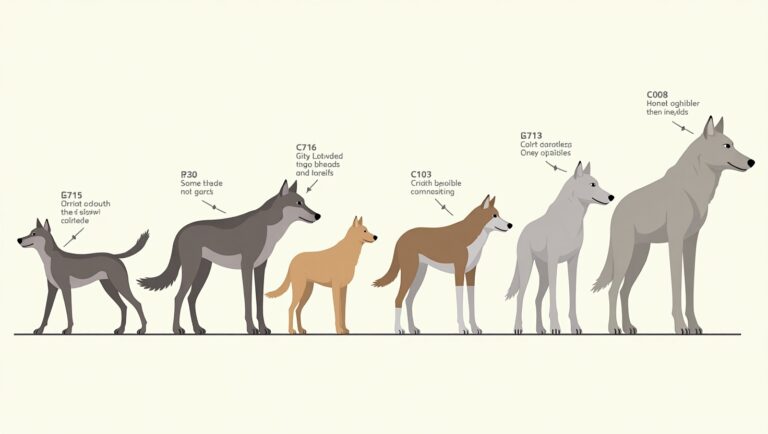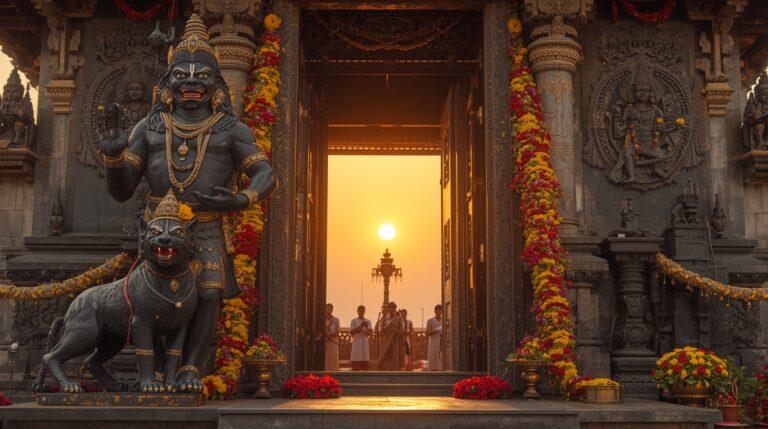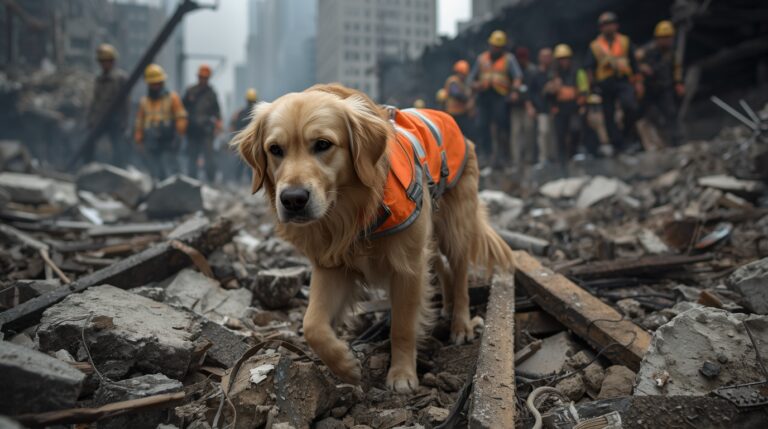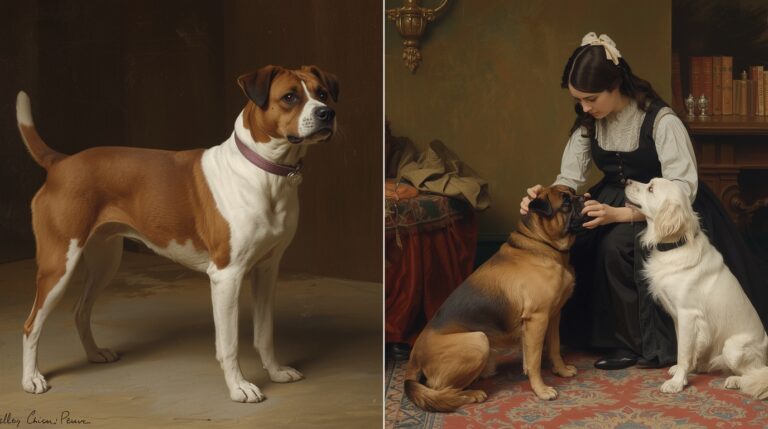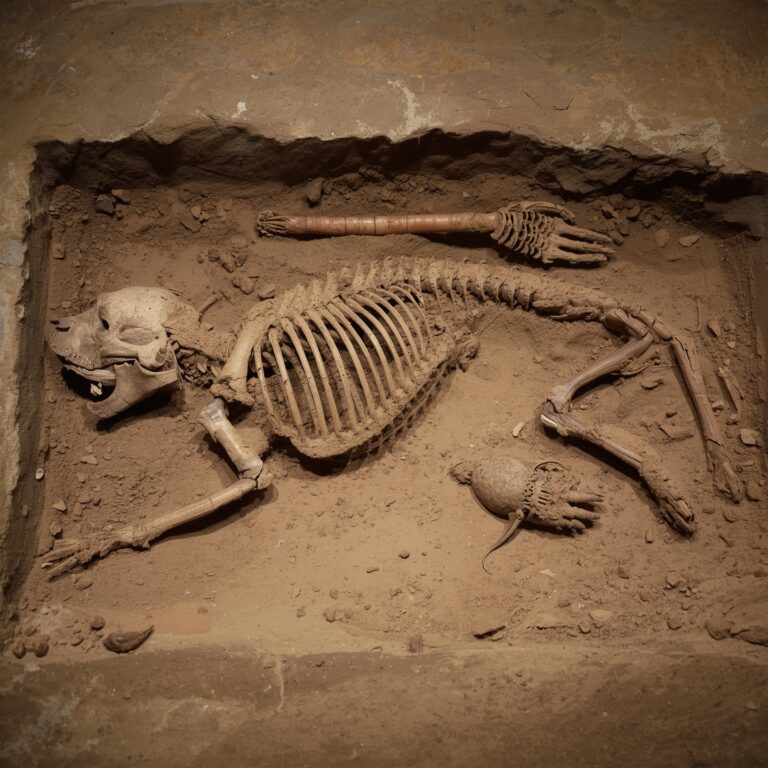Dogs in the Victorian Era: Companions, Culture, and Class
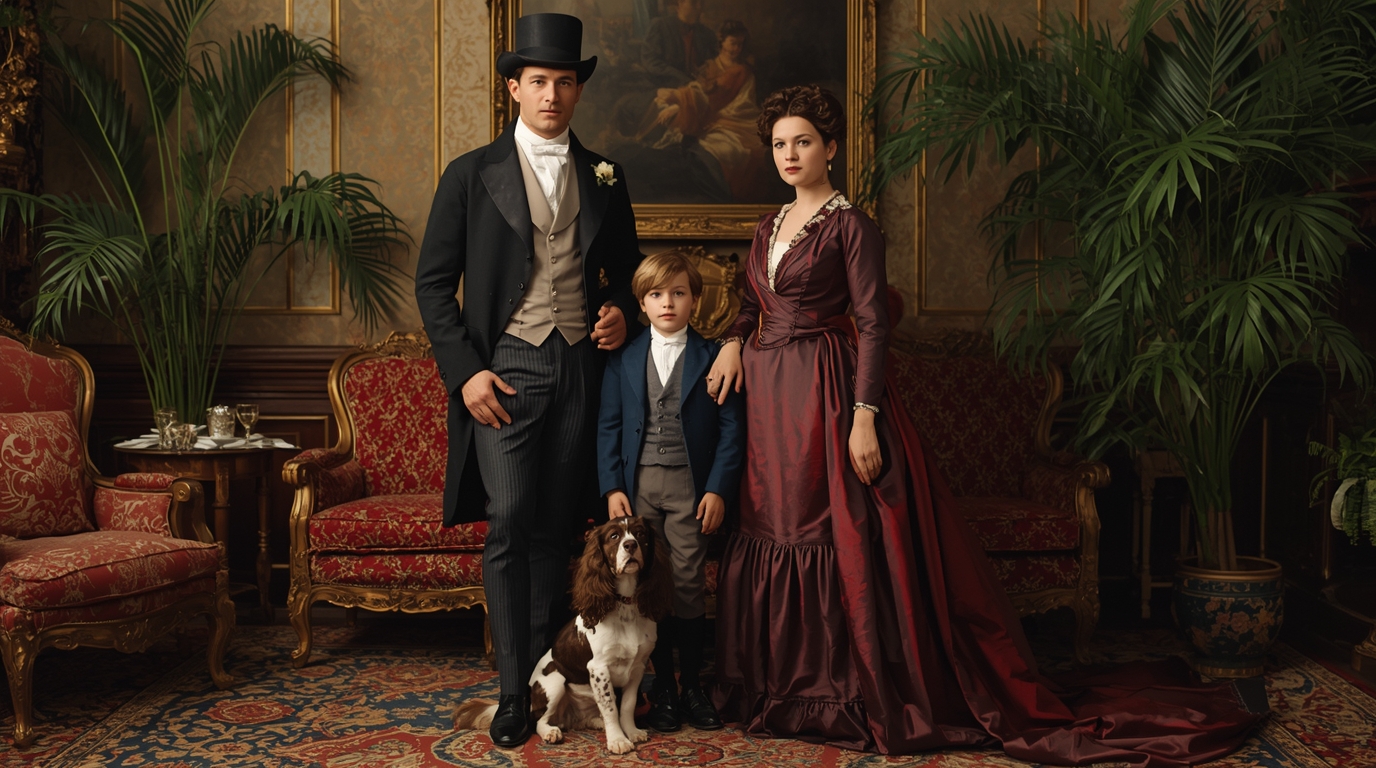
Introduction to Dogs in the Victorian Era
The Victorian era (1837–1901) marked a turning point in the relationship between humans and animals, particularly dogs. In Britain, the rise of the middle class, influence of Queen Victoria, and emergence of animal welfare laws transformed the dog from a working animal into a cherished companion. Dogs became embedded in Victorian society not only as pets but also as cultural symbols, reflecting class status, emotional bonds, and moral values.
The Role of Dogs in Victorian Society
In Victorian Britain, dogs occupied various roles based on their owner’s social class. While working-class families depended on dogs for guarding, hunting, or herding, the wealthy elite viewed dogs as status symbols and objects of affection. Owning a specific breed often indicated wealth or refinement. The Lapdog, in particular, emerged as a quintessential Victorian companion, especially among women.
Influence of Queen Victoria on Dog Popularity
Queen Victoria herself was a dog lover, owning over 80 dogs during her lifetime. Her affection for dogs like Dash, a Cavalier King Charles Spaniel, and Noble, a Collie, influenced public tastes. Her endorsement of specific breeds contributed to the popularization of dogs as domestic companions. The Queen’s emotional tributes and paintings of her dogs humanized these animals in the eyes of the British public.
Victorian Dog Breeds and Their Symbolism
Certain breeds gained popularity during this time, not only for their appearance but also for their symbolic associations:
- Cavalier King Charles Spaniel: Associated with royalty and elegance
- Bulldog: Emblematic of British strength and resilience
- Greyhound: Seen as aristocratic and refined
- Newfoundland: Popular among sailors for water rescues
- Pug: Valued for its small size and playful demeanor
Each breed became a social marker, helping identify the owner’s class, taste, and occupation.
Canine Companionship in Middle-Class Households
The middle class, rising due to the Industrial Revolution, began to adopt dogs not for labor but for companionship. Smaller breeds like Terriers, Pomeranians, and Toy Spaniels fit urban living and were often pampered. Dogs appeared in family portraits, were included in household activities, and treated as full-fledged family members. Their presence signified the gentility and domestic harmony of the Victorian home.
Working Dogs in the Victorian Era
Despite the growing role of dogs as companions, many still served functional roles:
- Sheepdogs helped rural farmers manage livestock
- Guard dogs protected urban properties and warehouses
- Ratters kept factories and homes vermin-free
- Newfoundlands and St. Bernards were known for their rescue abilities
These working dogs were valued not for their appearance but for their utility and training.
The Birth of Dog Shows and The Kennel Club
The first formal dog show took place in Newcastle upon Tyne in 1859, featuring Setters and Pointers. This sparked a national fascination with canine aesthetics. In 1873, the Kennel Club was established to maintain breed standards, organize dog shows, and publish a stud book. This marked the beginning of the modern dog breeding industry, shifting focus from function to form.
Dog Breeding Practices in the 19th Century
The 19th century saw a surge in selective breeding, with breeders striving to enhance desired physical traits. However, this often came at the cost of health and genetic diversity. Breeding for flat faces, short legs, or curled tails introduced hereditary problems that still affect some breeds today. The Victorian ideal favored uniformity and conformance to visual standards over temperament or wellness.
Dogs in Victorian Literature and Art
Dogs featured prominently in Victorian novels, paintings, and illustrations, often serving as metaphors for loyalty, morality, or innocence. Authors like Charles Dickens and Elizabeth Barrett Browning included canine characters that reflected human virtues. Paintings by Sir Edwin Landseer immortalized breeds in poignant or majestic scenes, reinforcing the dog’s emotional significance.
Taxidermy and the Victorian Obsession with Immortality
Strangely, some Victorians preserved their pets through taxidermy, believing this act honored the dog’s life. Taxidermied dogs appeared in parlors and exhibitions. This trend, while morbid by modern standards, reflected the Victorian preoccupation with death, memory, and legacy.
Animal Welfare in the 19th Century
Animal welfare became a public issue in the Victorian era. The Royal Society for the Prevention of Cruelty to Animals (RSPCA) was founded in 1824, and the Cruelty to Animals Act followed in 1835. Later, the Animal Welfare Act of 1876 expanded protections to dogs and other animals used in experiments. These reforms signaled a shift toward empathy and responsibility in human-animal relationships.
Canine Health and Early Veterinary Medicine
Veterinary science advanced during this era, but many dogs still died from infectious diseases such as rabies, distemper, and canine parvovirus (identified later but likely present). The first animal hospitals were established in major cities, and vaccination campaigns began to spread. Despite these efforts, treatment was rudimentary compared to modern standards.
Dog Licensing and Regulation
To control strays and promote public hygiene, Britain implemented a Dog License Tax in 1878. Owners were required to pay an annual fee, which helped fund municipal animal control efforts. This regulation also reinforced the idea of dogs as property—a legal and social classification with lasting consequences.
Anthropomorphism and Emotional Bonds
Victorians increasingly treated dogs as sentient beings, attributing emotions like loyalty, jealousy, and grief to them. Dogs were given names, celebrated in obituaries, and included in mourning rituals. This emotional bond reinforced the dog’s position as a member of the Victorian family.
The Dog as a Moral Compass in Victorian Culture
In both fiction and society, dogs represented moral ideals. A well-behaved dog symbolized discipline, obedience, and purity. Conversely, cruelty to dogs was portrayed as indicative of a person’s moral corruption. Literature and sermons often used dogs to illustrate human virtue or vice.
Dogs in Victorian Fashion and Accessories
Dogs also became fashion accessories, especially among upper-class women. Dogs wore bejeweled collars, embroidered coats, and silk leashes. Pet accessories were sold in luxury boutiques, and owners often matched their outfits to their dogs. These fashion trends underscored the growing consumer culture around pet ownership.
also read this Modern Canine History (19th Century–Present)
Dog-Themed Postcards and Memorabilia
The late Victorian period saw an explosion of dog-themed memorabilia: postcards, toys, jewelry, and ceramics. Dogs featured in advertisements, greeting cards, and children’s books. This commodification contributed to the cultural normalization of dog ownership across social classes.
Urbanization and the Dog’s Role in Cities
As Britain became increasingly urban, dogs adapted to new roles. Small breeds suited apartment living, while street dogs—often unlicensed—faced culling or confinement. Municipal dog pounds emerged to handle stray populations. Urban dogs needed to be quieter, cleaner, and less aggressive to fit the modern cityscape.
Hunting and Sporting Dogs in Aristocracy
For the British aristocracy, dogs were integral to sporting traditions. Foxhounds, Setters, and Retrievers participated in fox hunting, bird shooting, and hare coursing. These elite pastimes reinforced class divisions, and dogs served as tools of both sport and status.
International Influence and Global Dog Trends
With the expansion of the British Empire, British dog breeds and cultural attitudes spread globally. Dogs were exported to India, Canada, Australia, and beyond. Similarly, foreign breeds like Afghan Hounds and Shih Tzus were introduced to Britain, enriching its canine diversity.
Famous Victorian Dogs in History
Some individual dogs became famous during the era:
- Dash: Queen Victoria’s loyal Spaniel
- Bob the Railway Dog: Traveled across England by train
- Greyfriars Bobby: A Scottish Terrier who famously guarded his owner’s grave for 14 years
These dogs became folk heroes, symbolizing devotion and memory.
Comparing Rural vs Urban Dog Lives
In rural areas, dogs maintained traditional roles—herding, hunting, and guarding. Urban dogs, by contrast, were more ornamental, often confined to homes and gardens. This split created two distinct canine lifestyles, influenced by geography and economic development.
Dog Training and Discipline in the 19th Century
Victorian dog training focused on obedience and behavioral control. Popular manuals stressed the importance of punishment and reward. Discipline was considered essential to both human and canine morality, aligning pet behavior with societal expectations.
Victorian Superstitions and Myths About Dogs
Dogs were believed to sense death, see spirits, or bring good luck. Certain breeds were thought to have protective qualities. These superstitions were embedded in folklore, children’s stories, and even legal cases involving animal behavior.
Legacy of Victorian Dog Culture in the Modern Era
Many contemporary attitudes—dog shows, pet pampering, breed standards, and animal rights—have their roots in the Victorian era. Today’s canine culture is still shaped by 19th-century ideas about class, morality, and affection toward animals.
